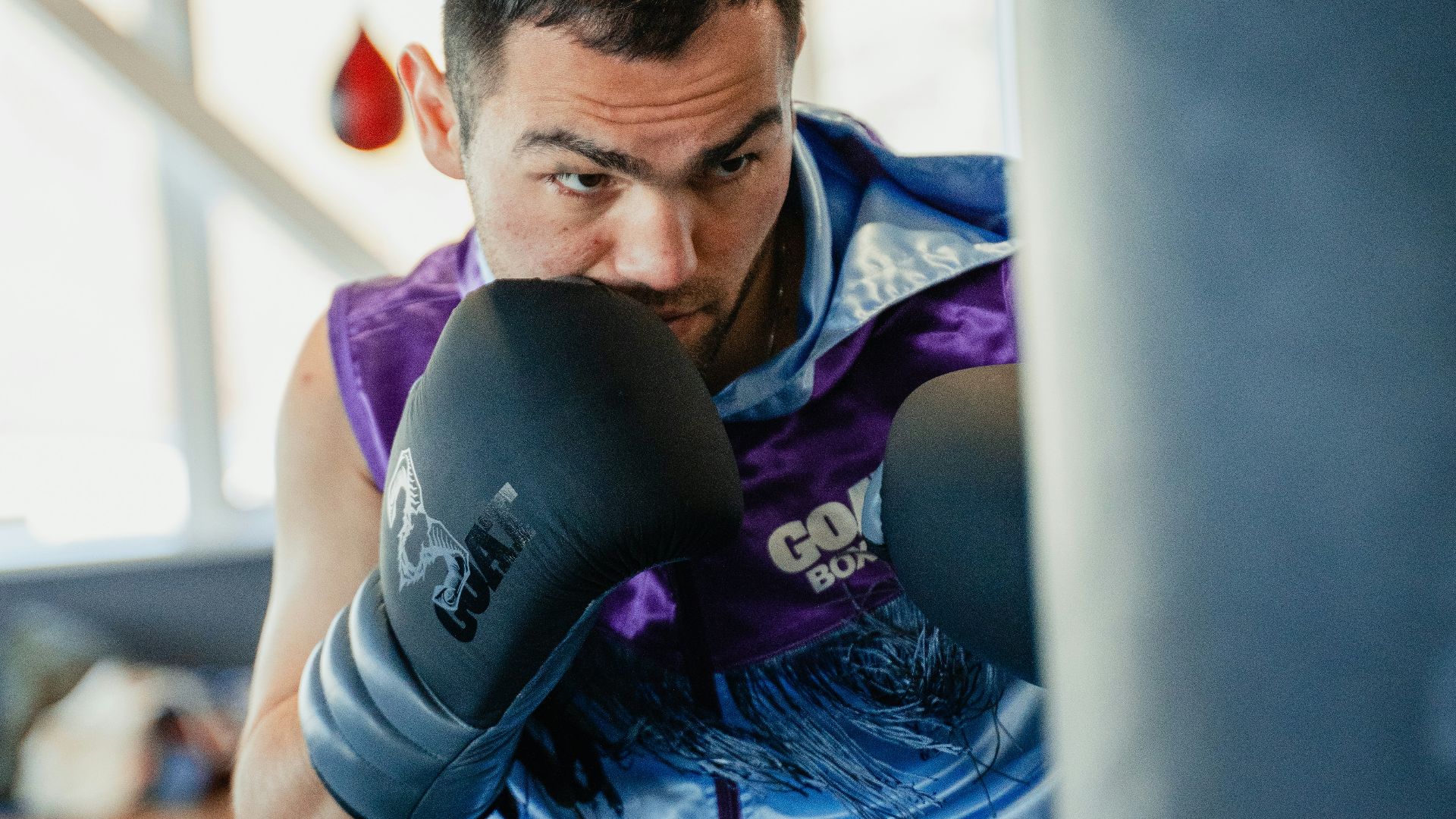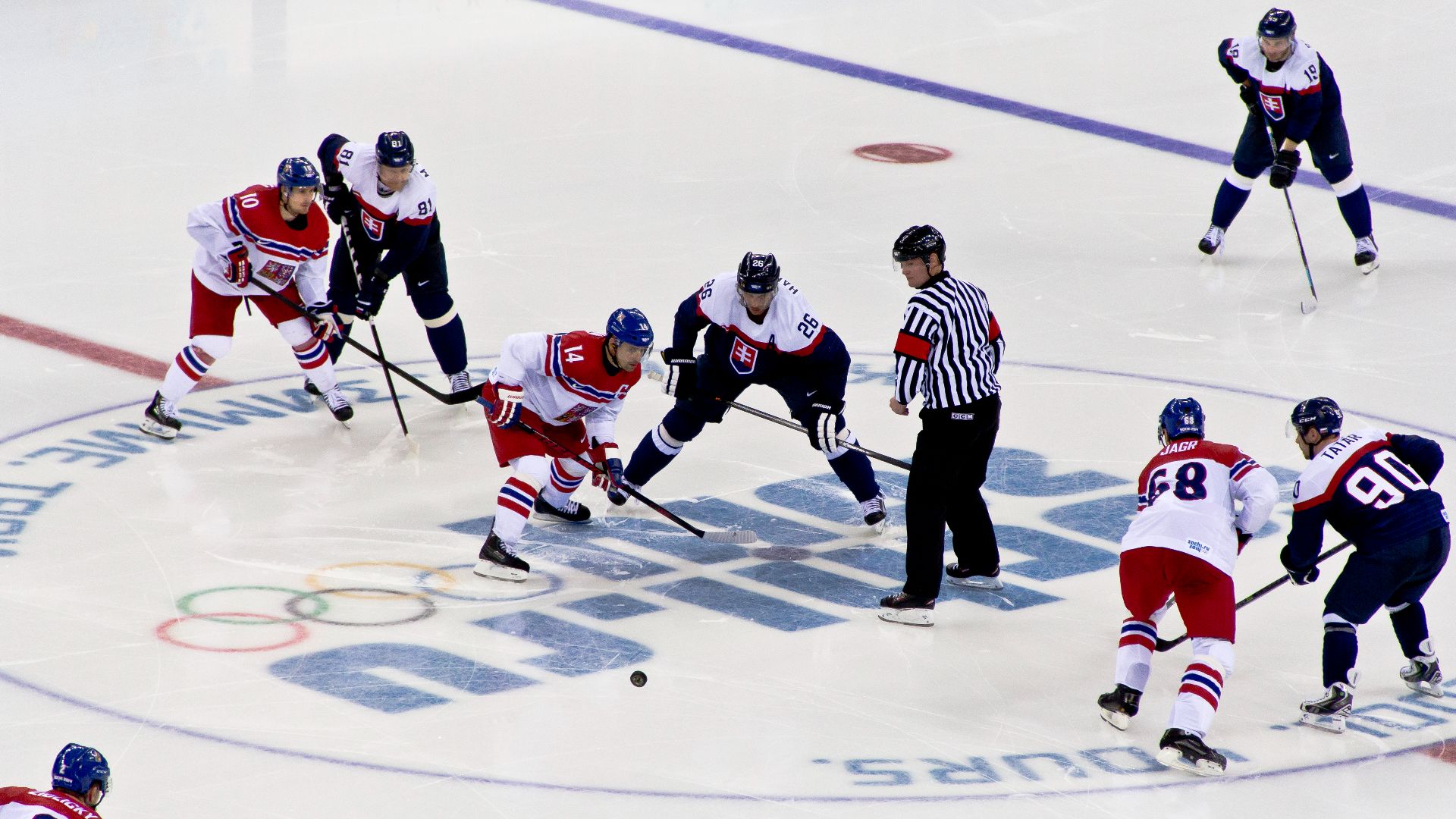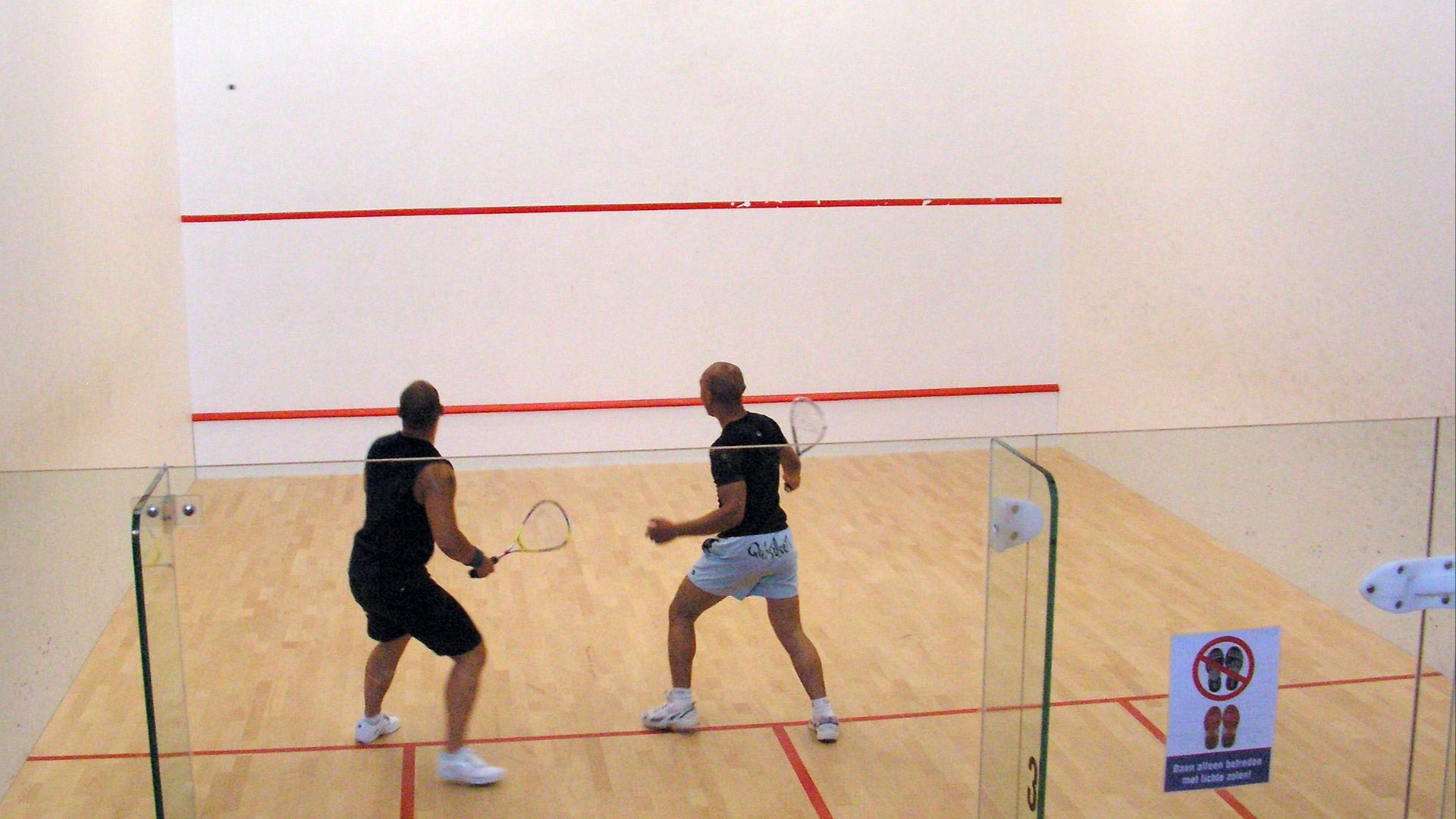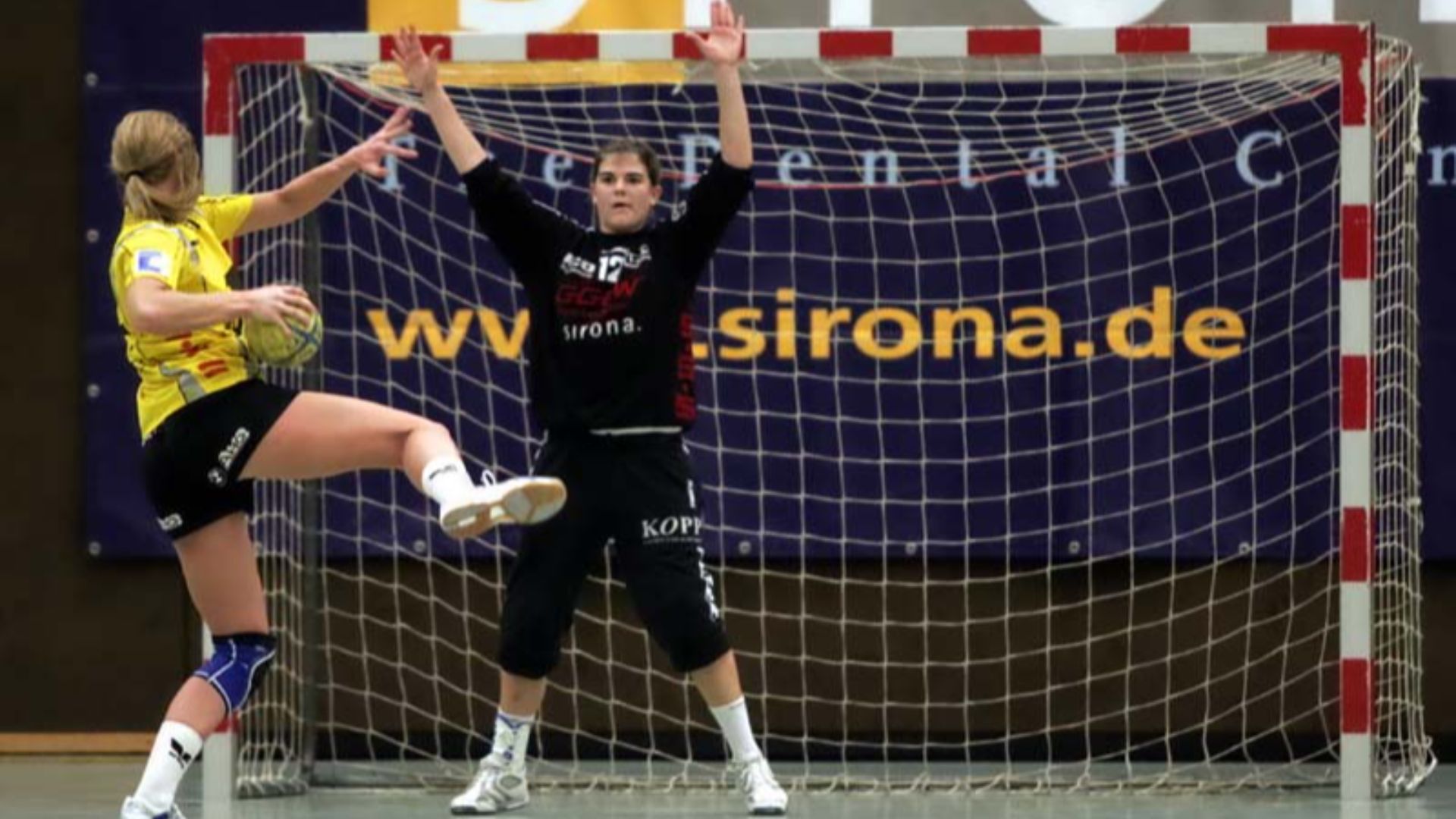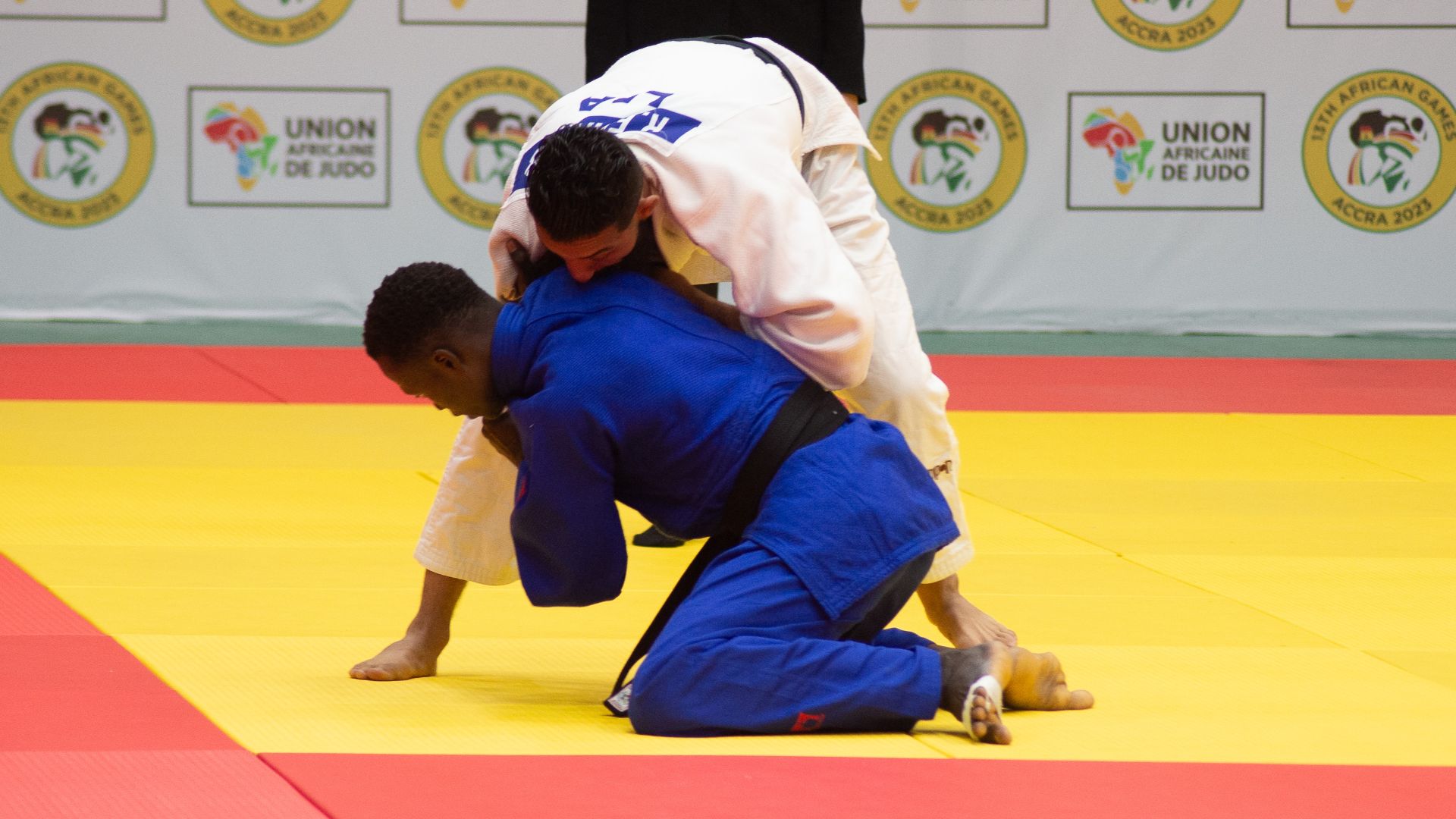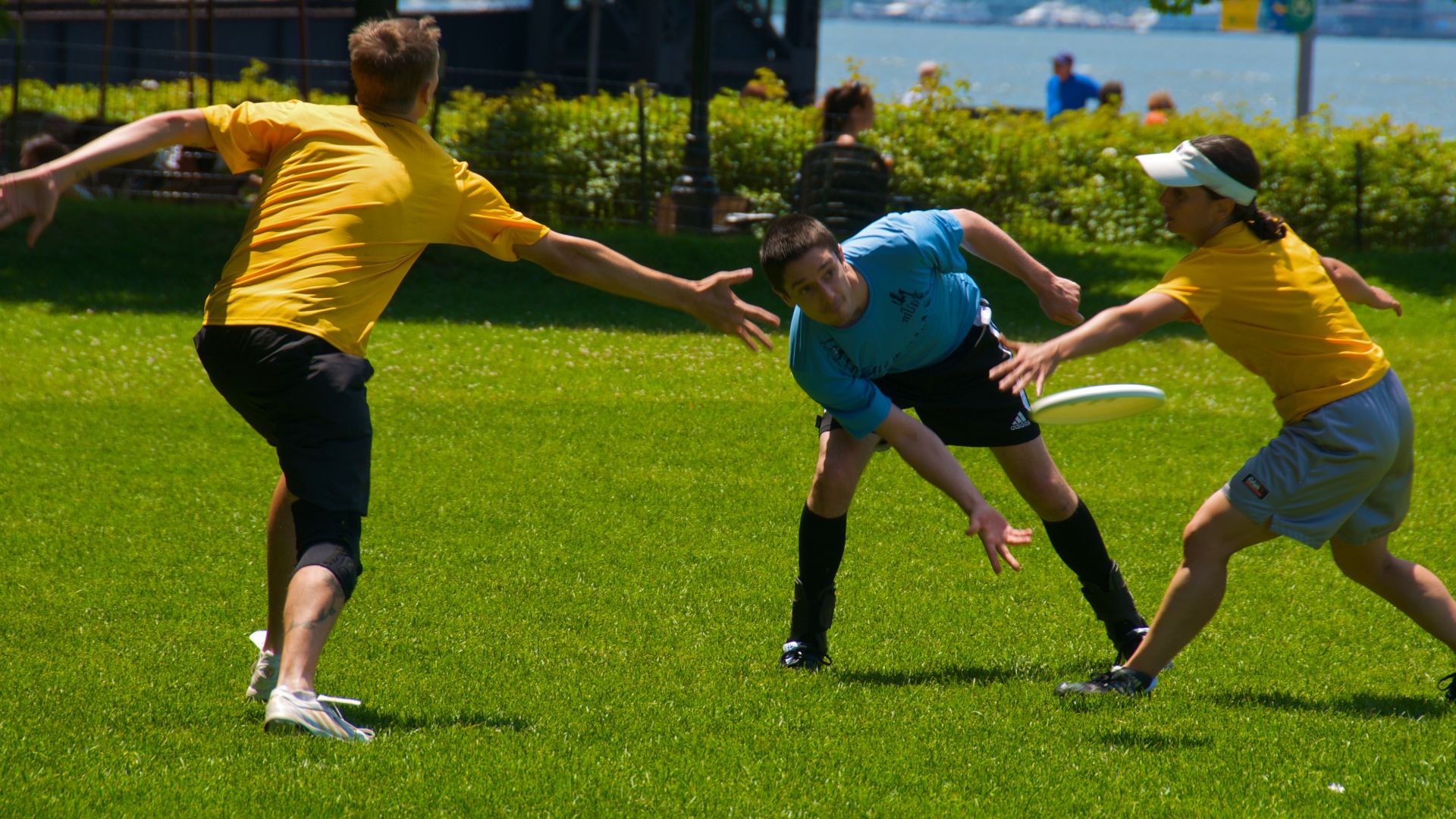Train Your Brain Through Play
Ever tried catching a glass before it hits the floor or reacting to a friend tossing your car keys without warning? That’s your reflexes at work. They decide how fast you respond, and like any skill, they can be improved. And sports are one of the most fun, natural ways to train your reaction time while keeping your body active. So, here are 20 sports that challenge your coordination, focus, and timing.
1. Table Tennis
When table tennis players react to 60-mph shots in just 0.2 seconds, they're demonstrating the sport's extraordinary neural demands. This close-range battle requires split-second visual tracking and motor adjustments, training players' hand-eye coordination and reflexes through constant exposure to unpredictable ball movement.
2. Boxing
In boxing, split-second reactions determine if you strike or get struck. To stay razor-sharp, professionals rely on light training systems, reaction balls, and the classic double-end bag—tools that demand precision and focus. Just look at Vasyl Lomachenko, whose coin-catching drills perfectly demonstrate how these methods build unbeatable reflexes.
3. Fencing
When it comes to sports demanding peak reaction times measured in mere milliseconds, fencing stands among the elite. Athletes must instantly read and respond to opponents' moves with precise blade control, making defense decisions across three distinct weapons.
4. Badminton
Usually, the human brain processes visual signals in about 200 milliseconds, but badminton takes that ability to the edge. Shuttlecocks dart and change direction in an instant, forcing players to readjust their stance, anticipate every move, and make split-second decisions throughout these fast rallies.
5. Ice Hockey
The fierce physics of hockey create a relentless challenge, as pucks can soar past 100 mph, demanding near-superhuman reflexes. At the same time, players must stay composed against aggressive rivals, blending quick decision-making and sharp hand-eye coordination to master this high-speed sport.
6. Squash
Inside the tight walls of a squash court, every strike turns into a fast, unpredictable rebound. The confined space magnifies the game’s intensity, pushing players to react in an instant. Here, success depends on razor-sharp reflexes honed through relentless anticipation.
7. Taekwondo
Those gravity-defying spinning kicks and aerial techniques that define Olympic Taekwondo might look effortless, but they demand extraordinary precision. Every practitioner must instantly process and react to incoming attacks, turning decisions into a dazzling display of athletic agility.
8. Racquetball
Your heart pounds as the hollow rubber ball whizzes past, a blur of kinetic energy ricocheting between walls at dizzying angles. This enclosed-court chaos defines racquetball's unique challenge, where hand-eye coordination converts into an instinctive dance of perpetual reaction.
9. Goalkeeping (Soccer)
Gone are the days when goalkeepers simply relied on raw reflexes to make saves. Modern netminders enhance their 0.3-second reaction windows through high-tech training, using reaction balls and light-based drills to perfect their tracking and full-body blocking skills within the penalty area.
 Torsten Bolten, AFpix.de on Wikimedia
Torsten Bolten, AFpix.de on Wikimedia
10. Parkour
Traceurs, the skilled practitioners of parkour—France’s celebrated “art of movement”—display pure adaptability. As they vault, climb, and leap through urban regions, their minds and bodies work in perfect sync, reacting instantly to shifting terrain.
11. Basketball
The explosive footwork and rapid directional shifts of basketball defense set the foundation for a more complex challenge. Defenders must seamlessly blend physical agility with mental anticipation, reading body language, and coordinating hands and eyes to disrupt passes.
 Flickr user pcjh. on Wikimedia
Flickr user pcjh. on Wikimedia
12. Motocross
Launching over steep dirt jumps and whipping through turns is just the beginning in motocross, where riders face a relentless assault of split-second challenges. Every unpredictable terrain shift and sudden obstacle demands lightning-fast reflexes, ultimately forging masters of full-body coordination.
13. Table Football (Foosball)
While soccer players chase balls across vast fields, foosball masters wage their battles in miniature, where hand-eye coordination rules supreme. The game’s unpredictable bounce and spin demand instant reactions, turning those tiny tabletop matches into rapid-fire coordination boot camps.
 Artem Beliaikin from Moscow, Russia on Wikimedia
Artem Beliaikin from Moscow, Russia on Wikimedia
14. Handball
In the world of handball, players face a relentless test of athletic prowess. Every moment demands split-second reflexes as athletes get through rapid directional changes on the indoor court, reacting instantly to unpredictable passes and shots.
15. Speed Climbing
When neuroscientists dream up the perfect test for human reaction time, they'd be hard-pressed to beat speed climbing's 15-meter challenge. Each decision and reflexive grab showcases our brain's rapid-fire capabilities, which might explain why this sport now graces the Olympic stage.
16. Water Polo
What begins as simple hand-eye coordination evolves into a demanding aquatic ballet. Water polo players must intercept blistering passes, block rapid shots, and hold their ground as they read every opponent’s move. With seven athletes per side, the game becomes a display of reflexes, endurance, and precision.
17. Roller Derby
Your brain's reflex circuits get quite the workout in roller derby, where neural pathways must fire at lightning speed as skaters dodge and react to ever-shifting pack dynamics. The sport demands split-second adaptations while zooming around at high velocity, constantly challenging those rapid-response systems.
18. Judo
Despite its name meaning "gentle way" in Japanese, judo turns aggressive forces into tactical advantage through neural processing. As opponents launch attacks, athletes' reflexes trigger precise counters, using the attacker's own momentum.
19. Paintball
Every paintball match becomes a high-stakes dance of survival, as players figure out a storm of incoming projectiles and darting opponents. Its intense environment demands visual processing, hair-trigger reflexes, and instant tactical decisions.
20. Ultimate Frisbee
In ultimate frisbee, every fraction of a second counts. Players read the disc’s unpredictable flight, adjust their movement mid-sprint, and make directional changes to stay in play. Even the self-officiating format heightens the challenge, requiring instant judgment and focus during nonstop, high-speed action.




